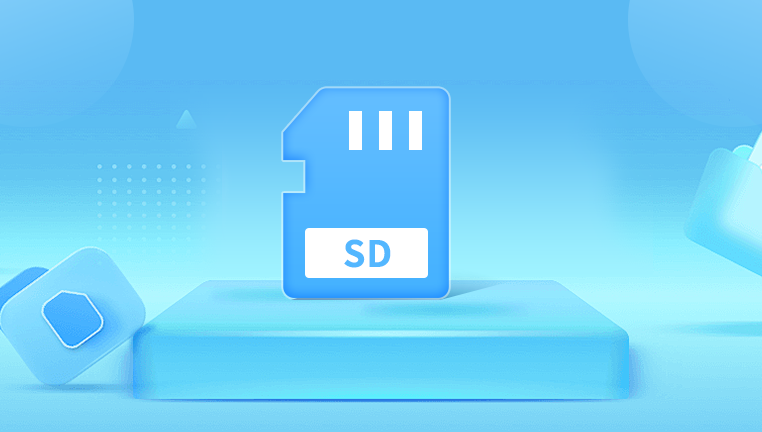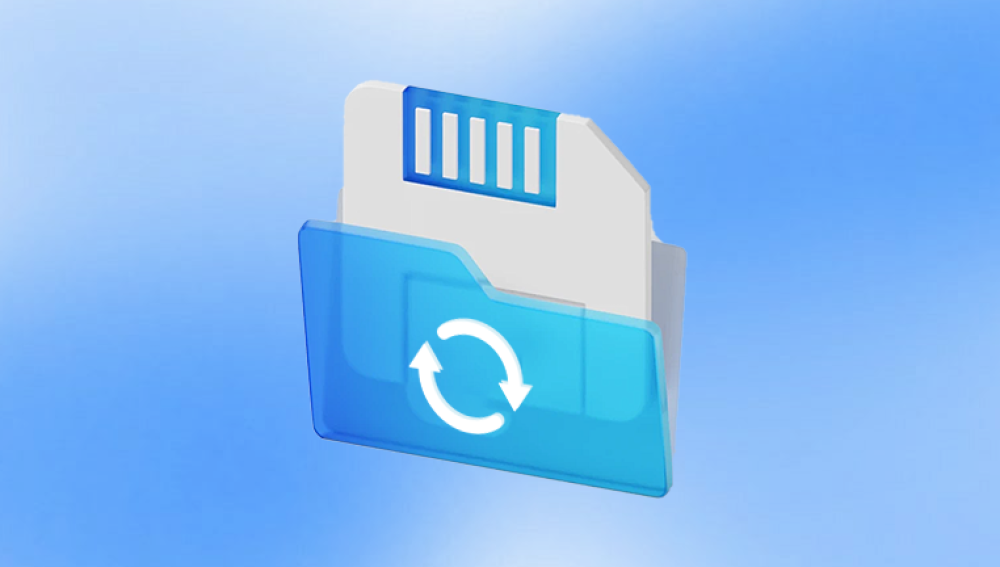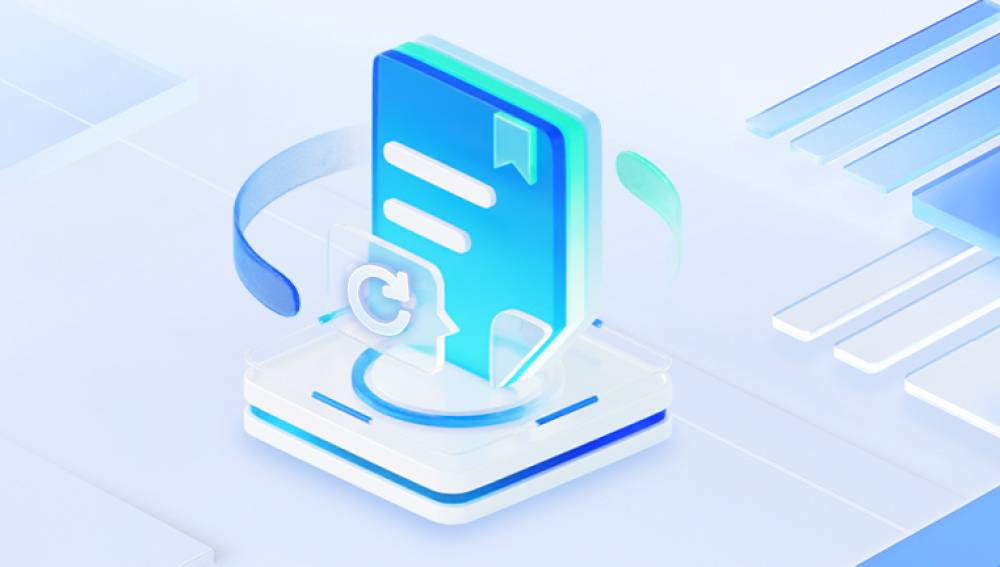Losing files from an SD card can feel like a digital nightmare, especially when those files contain cherished photos, important documents, or critical work data. SD cards, whether used in cameras, smartphones, tablets, or other devices, are highly susceptible to accidental deletion, corruption, and formatting errors.
Chapter 1: File Deletion on SD Cards
1.1 What Happens When You Delete a File?
Contrary to popular belief, deleting a file doesn’t immediately remove it from the SD card. Instead, the system marks the file’s space as "available" for new data. Until new data overwrites that space, the deleted file remains recoverable.

1.2 Common Scenarios for File Loss
Accidental deletion
SD card formatting
Corrupted card file system
Virus or malware attacks
Interruption during file transfer
Logical damage to the card
Understanding the cause of file loss can help you select the best recovery method.
Chapter 2: Preparing for Recovery
2.1 Stop Using the SD Card Immediately
Continuing to use the SD card after file loss increases the risk of overwriting deleted data. The first rule of recovery is: stop writing to the card.
2.2 Remove the SD Card and Connect It Safely
Use a reliable SD card reader to connect your SD card to your computer. Avoid using a faulty reader or adapter, as they can cause read/write errors.
2.3 Check the Recycle Bin (Windows Only)
If you deleted files while the SD card was connected to your computer, check the Recycle Bin. If the card was used in a phone or camera, this step likely won’t apply.
Chapter 3: Methods to Find and Recover Deleted Files
3.1 Using File Recovery Software
File recovery software scans the SD card for deleted data and reconstructs it. Here are some of the most popular and effective tools:
3.1.1 Drecov Data Recovery (Windows)
Drecov Data Recovery is a powerful and user-friendly tool designed to help you find and restore deleted files from SD cards with ease. Whether you've accidentally erased photos, videos, documents, or other essential files, Panda's advanced scanning technology can detect and recover lost data even from formatted or corrupted cards.
To begin, insert your SD card into a computer using a card reader and launch Drecov Data Recovery. From the home interface, select the SD card as your target drive. You’ll have the option to run a Quick Scan for recently deleted files or a Deep Scan for more thorough recovery. Panda intelligently analyzes the file structure, locating recoverable items based on type, size, and date.
Once scanning is complete, the software provides a preview of found files, allowing you to selectively recover only what you need. Simply choose your desired files and click Recover, saving them to a different storage location to prevent overwriting.
3.1.2 PhotoRec (Windows, macOS, Linux)
Pros: Open-source, supports multiple file formats
Steps:
Download PhotoRec
Open the program in a terminal or GUI
Choose your SD card and partition
Select the file types you want to recover
Set recovery destination and start scan
3.1.3 Disk Drill
Pros: User-friendly, preview files before recovery
Steps:
Download and install Disk Drill
Connect your SD card
Select the SD card and scan
Preview and recover found files
3.1.4 EaseUS Data Recovery Wizard
Pros: Great for deep scanning formatted cards
Steps:
Launch the program and scan the SD card
Wait for the scan to complete
Filter by file type or name
Select and recover files
3.1.5 Drecov Data Recovery Assistant
Pros: AI-assisted scanning, intuitive interface
Steps:
Download Panda Assistant
Choose your SD card as the target drive
Start smart scan or deep scan
Preview deleted items
Select and restore files
Chapter 4: Manual Methods (No Software Needed)
4.1 Using Command Prompt (Windows)
If you're tech-savvy, try using the Windows Command Prompt to recover deleted files:
Steps:
Plug in your SD card
Open Command Prompt as administrator
Type:
bash
CopyEdit
chkdsk X: /f
(Replace X: with your SD card’s drive letter)
Next, type:
bash
CopyEdit
attrib -h -r -s /s /d X:\*.*
This command may reveal hidden or inaccessible files
4.2 Check for Hidden Files
Open your SD card folder
Go to “View” and enable “Hidden Items”
Sometimes deleted or system files are just hidden
Chapter 5: Tips to Increase Recovery Success
5.1 Act Quickly
Time is crucial. The longer you wait, the higher the risk of overwriting deleted data.
5.2 Use Write Protection (if available)
Some SD card adapters have a physical switch to lock the card. Enable it to avoid accidental writes.
5.3 Avoid Saving Recovered Files Back to the SD Card
Always recover to a different drive to avoid overwriting additional recoverable data.
5.4 Scan with Multiple Tools
Different recovery programs use different algorithms. If one doesn’t find your files, try another.
Recovering deleted files from an SD card may seem daunting, but with the right approach, it’s completely doable. Whether you're dealing with accidental deletion, formatting errors, or file corruption, this guide has provided a thorough roadmap—from selecting recovery tools to executing recovery methods safely.




